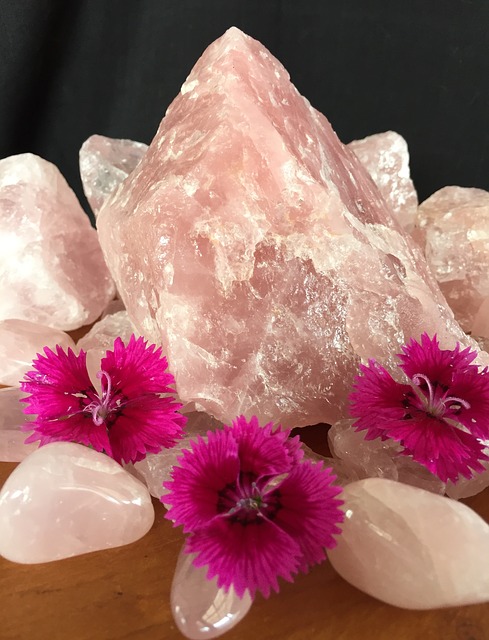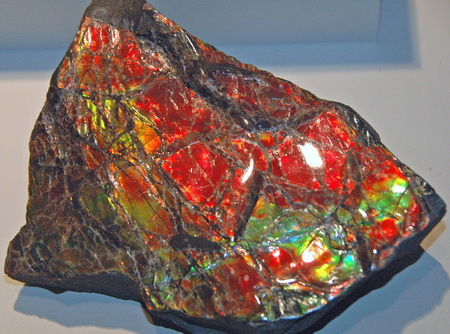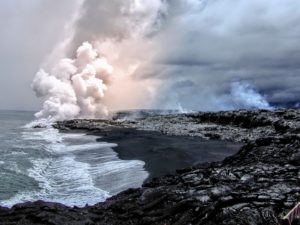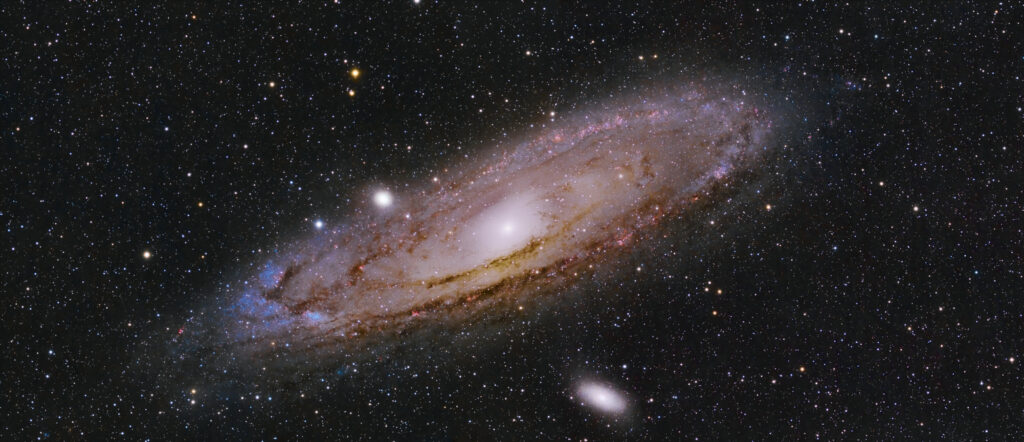As mentioned in the Difference (of rocks and minerals) article, minerals are naturally occurring inorganic solids. There are around four thousand different minerals in the world. Each mineral is defined by a specific chemical composition and crystalline structure.
So let’s break this down to determine what a chemical composition is:
The Atom:
To begin with, we have to define the atom. An atom is the smallest unit of a chemical element, or to put it another way, atoms make up chemical elements. For example, the atom Aluminium, noted by the symbol AI makes up the element called Aluminum.
The (Chemical) Element:
We cannot see the Aluminum atom, but put billions of them together and you will be able to see the element; however, so small that you would need a microscope to see it. The more Aluminum atoms that are assembled, the more of the metal is visible. Of course, it would take trillions of assembled AI atoms for us to be able to visibly see even a small piece of aluminum.
There are 103 of these chemical elements discovered so far, as depicted by the well known Periodic Table of Elements
Compounds:
Some minerals are made up of just one chemical element, which means they contain only one type of atom. Copper is made up of only copper atoms, but most minerals are identified as chemical compounds, as they contain atoms from more than one chemical element;.
Molecules:
The molecules are the entities that contain the chemical compounds. Another example is sodium chloride, more commonly known as salt. This compound contains the the molecules of sodium and chloride atoms, or more precisely, one molecule contains one atom of sodium and one atom of chloride.
The Mineral:
Now, there is one more characteristic that makes a mineral what it is and that is – they have a specific chemical composition. That means that they are in an organized ‘atomic structure of specific patterns to form a crystal. And it this is how a crystal is formed; hence, the beautiful looking entities that have a specific molecular structure of more than one atomic element brings us the mineral.




